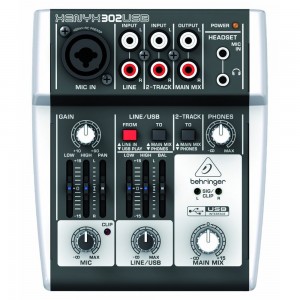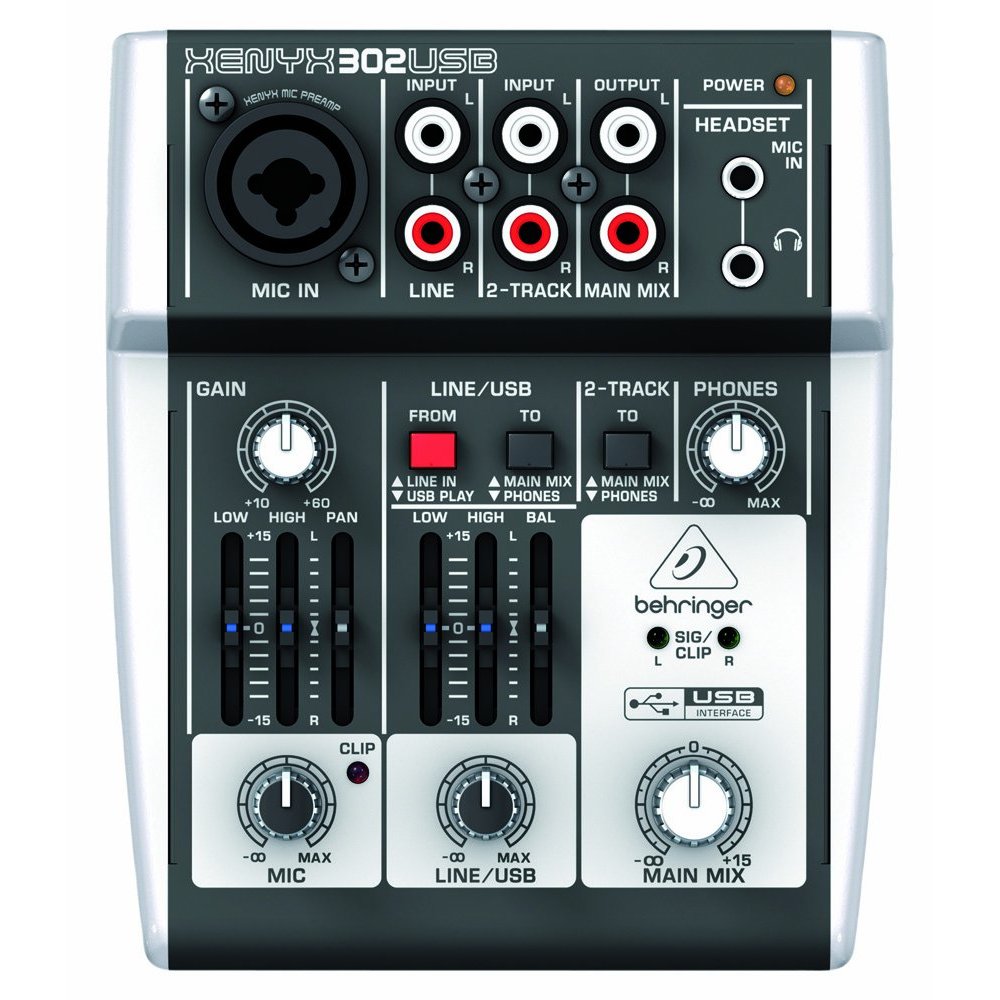 On a recent trip, we needed to reassess our recording priorities for an episode of the Android Buffet podcast. The podcast records every week, and we didn’t want to miss an episode.
On a recent trip, we needed to reassess our recording priorities for an episode of the Android Buffet podcast. The podcast records every week, and we didn’t want to miss an episode.
With the increasing costs of baggage for air travel, it makes it hard to bring a large amount of equipment. That is where this little item comes into play.
The Xenyx 302USB is a USB powered mixer that is four inches by five inches, and fits in the palm of your hand. Not only is it USB powered, but it provides a USB audio interface to a computer.
This makes for a useful way to merge in sources, as Android Buffet is recorded live-to-tape….or mostly unedited. It makes it easier to merge in a microphone and a few sources on the fly, as there aren’t many of them.
Surpisingly, the Xenyx 302USB provides phantom power, which we have yet to test.
There were some complaints about hiss, but we didn’t experience any large amount of it. In the end, this item satisfies a simple need.. There are very few products this small that offer basic mixing at this level.
And for a list price of fifty dollars, it is certainly an addition to your portable recording arsenal. At home, you may want something better.
[asa]B005EHILV4[/asa]




![Reblog this post [with Zemanta]](http://img.zemanta.com/reblog_e.png?x-id=53272885-609e-4b55-8e8b-d3a8279f7f44)